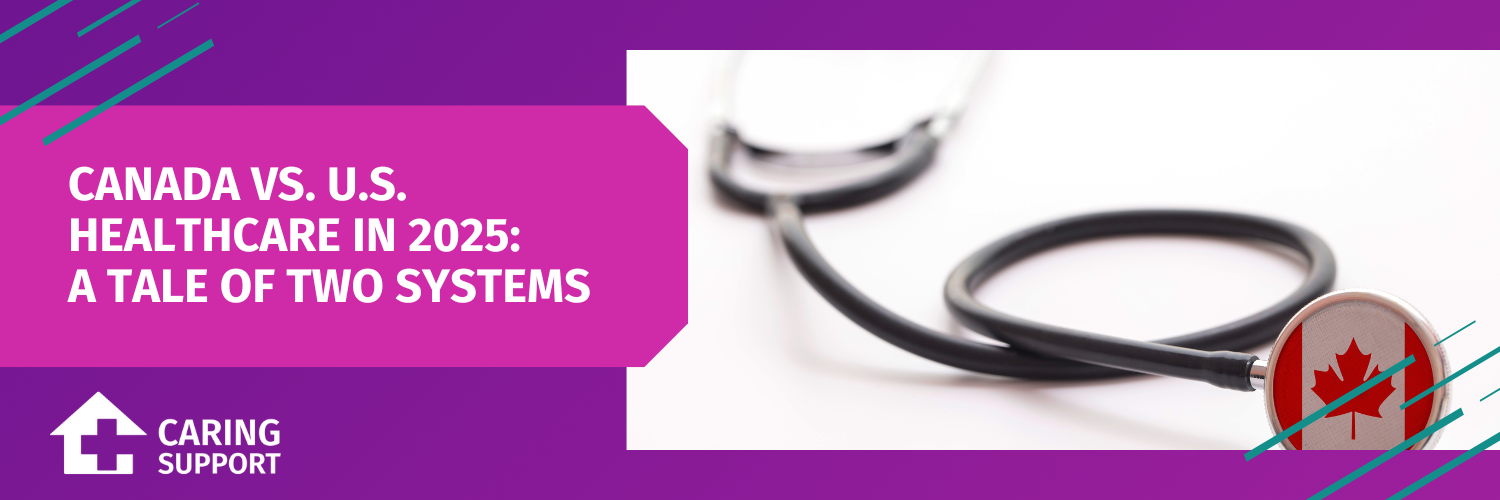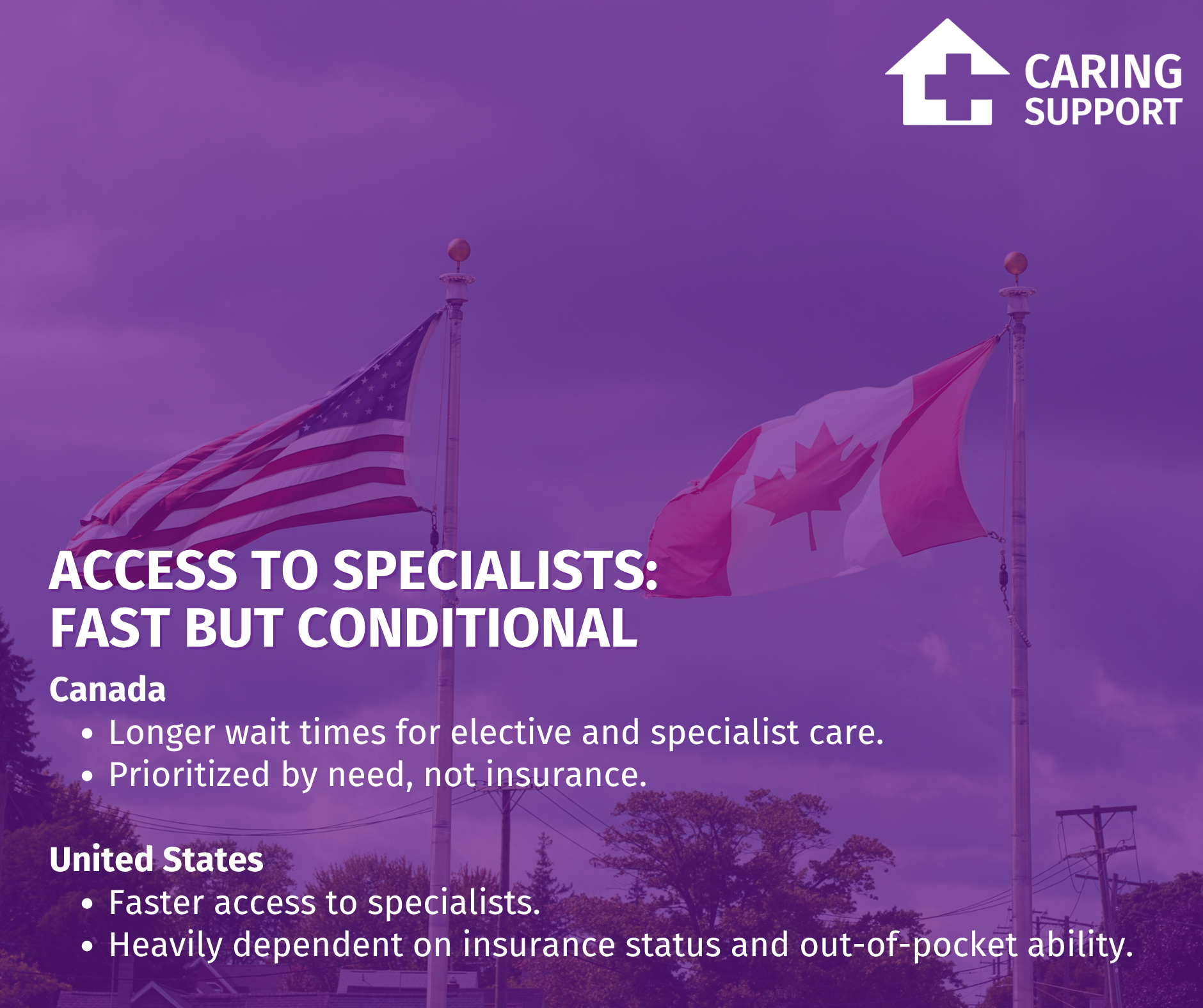
The healthcare systems in Canada and the United States have long stood in contrast. Both countries share a border and a wealth of resources, yet the way they deliver care to their citizens differs dramatically. In 2025, this divide remains just as stark, if not more so. While Canada boasts universal coverage and lower costs, the U.S. offers faster access to specialists—at a significantly higher price. But which system truly serves its people better?
Let’s explore this complex comparison using the latest data, explore real-world implications, and assess what each system can teach us about delivering better care.
Canada spends a modest share of its GDP on healthcare compared to other wealthy nations. Despite universal access, costs are controlled through bulk negotiations, streamlined administration, and a single-payer model.
The U.S. spends nearly double per person compared to Canada. Yet, this doesn't translate into better health outcomes. High administrative costs (~31%) and reliance on private insurers drive up the price.
Related Reading: Why Traditional Healthcare Hiring Isn't Working — And What To Do Instead
Despite greater spending, the U.S. significantly lags in life expectancy and maternal/infant health. This gap reveals systemic issues in equity, access, and preventative care.
Related Reading: Top 6 Hiring Tips for Healthcare Employers
For many Americans, access to care depends on employment or the ability to pay. In contrast, Canadians never worry about being denied essential treatment due to cost.
Related Reading: The Future of Healthcare Hiring: Trends Employers Need to Know in 2025

Canadian patients might wait weeks to months for non-urgent care. U.S. patients may be seen quicker—if they can afford it.
Pro Insight: Long wait times in Canada are a persistent challenge, but they don’t necessarily affect emergency or critical care access.
Much of the U.S. healthcare budget is consumed by billing departments, paperwork, and insurance bureaucracy. Canada’s streamlined system cuts red tape and costs.
Americans pay significantly more out-of-pocket, even with insurance. Deductibles, copays, and surprise bills are common.
Related Reading: Effective Employee Retention Strategies in Healthcare
While the U.S. pushes boundaries in treatment, many patients can’t afford access to these advancements.
Related Reading: Best Practices for Staffing and Training in Senior Care
Ironically, Canada’s more frugal system enables more people to receive consistent care. The U.S., with its higher spending, sees fewer people receiving regular treatment due to cost barriers.
Imagine two similar patients: one in Toronto, one in Texas.
Maria, 63, goes to her family doctor regularly. Her prescriptions are subsidized. When referred to a cardiologist, she waits two months but receives surgery with no bill afterward.
Daniel, 62, lost his employer coverage after retirement. He skips his cardiologist referral due to the out-of-pocket cost and later ends up in ER with advanced heart failure.
In 2025, the contrast between Canada and the U.S. in healthcare delivery remains a powerful lens to explore the trade-offs between equity, cost, and outcomes. Canada’s universal care model ensures access and better average outcomes at a lower cost. The U.S. offers faster care for the insured but at immense cost and inequality.
Related Reading: Why Caring Support Is the Ultimate Solution for Organizations
As debates continue about healthcare reform on both sides of the border, one thing is clear: healthcare systems reflect national values. And the way we care for each other speaks volumes.
Explore More:

We'll keep you updated on all new application updates and features!